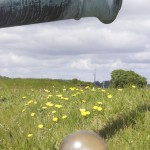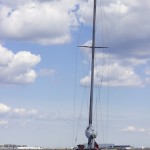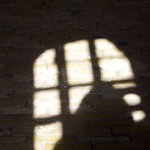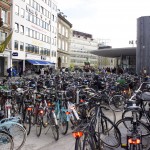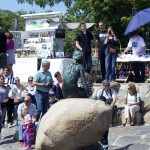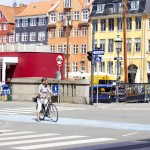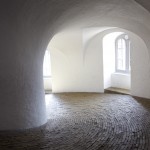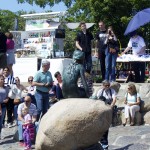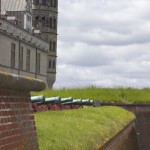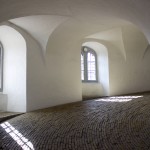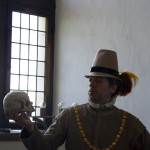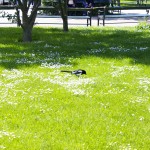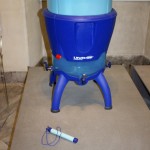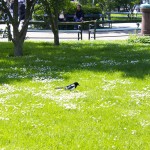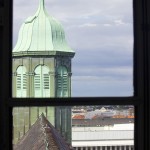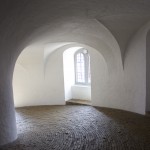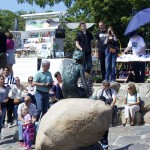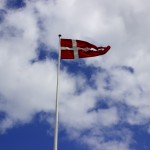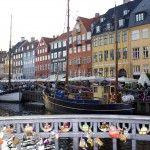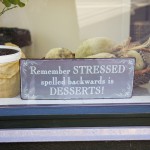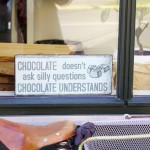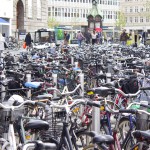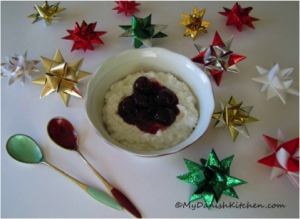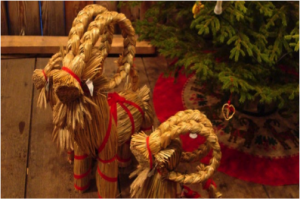The other day I attended a potluck at a friend’s house. During our discussion, we decided that we would have another potluck soon, choosing dishes of our own nationality or culture. Since I am half Danish, I offered to cook some Danish food. An acquaintance of my friend looked at me astounded and exclaimed; “What’s there to bring? Danish food is nothing more than cheese and pastry.” I felt really irritated by the remarks even though I could see from her expression that she didn’t mean any harm.
This was not the first time that I like many others have been struck by the insensitivity of a culture or country being vaguely defined by one or two simple characteristics. This is certainly not the worst stereotype I have ever experienced or witnessed, but sometimes even a positive generality can be offensive. I thought long and hard about why this should bother me so. I think that when another person stubbornly defines others by clinging to a narrowly defined definition of a culture rather than looking at others with open eyes and ears to what that culture has to offer it can be very frustrating. Learning about some common characteristics of a group of people does not afford us the right to box people into our simple definition because that’s what we are comfortable with. Once I got over my irritation I decided that the only way to dispel this myth was with knowledge. I also decided that for the next potluck I would fill her face with fish, meat, cabbage, fruits, and anything but cheese or pastry to show her the wide array of foods available.
I was fortunate enough to have the opportunity to visit Copenhagen a few weeks ago, and to see my mother’s childhood home and the places I remembered from childhood. Allow me to show you some of the aspects of Denmark I love, in addition to cheese and pastry!
I noticed that despite the pastry and bakeries on every corner, the Danes appear to be in pretty good shape physically. The culture is one of walking and bicycling. There are bicycles everywhere and most streets have fully separate lanes and traffic signals just for bicycles. There are even bridges and walkways that are only for people traveling by bicycle.
Danes have a reputation for their strong sense of design. Their designs tend to be light and sleek with smooth lines. They have won many awards for designs for furniture and also for the well-known and beautifully designed speakers by Bangs and Olufson.
Denmark is not Holland, they do not speak Dutch, and although they do have some tulips, they are known for a very small type of daisy, which grows in small patches everywhere. Signature Danish jewelry is the daisy design, painted in white and yellow enamel.
Denmark is home to the original story of Hamlet, which was originally a Danish myth. The story goes that Shakespeare learnt of the myth and spruced it up in his classic style.
Although the Danes love to have the best design, they are committed to “being green” and to creating designs which are also efficient and contribute to a simpler life. They prefer bicycles to cars and they constantly try to invent items to help others. A fairly recent invention is a solar light called “Little Sun”, which provides light to children with no electricity and which lasts three years. Another one is a drinking tube, which can filter drinking water from anywhere.
Because fishing is their second biggest industry, there are tons of fresh fish dishes to eat. It is common to eat open faced sandwiches, piled high with shrimp, smoked salmon, herring, halibut, and caviar. I remember that my friends thought it was very odd that I ate sandwiches with a knife and fork when I was little. However unless you want most of the sandwich to go into your shirt or are really talented at catching flying shrimp, this is the most practical way to eat this kind of sandwich. Danes also love butter and mayonnaise and we used to joke that we should order some shrimp to go with our mayonnaise as opposed to the other way around.
If at any point one is lost or needs help, the Danes are extremely helpful, kind, and friendly. They are also known for a very wry sense of humor. If you don’t pay careful attention to what people say, you may miss some jokes as they are often said with a straight face and a pause. It takes a second to realize that the person playing has just said something that is total nonsense as if it’s real information.
The Danes used to have a Viking empire, which stretched as far as England and Ireland. They have a long history of sailing and exploring. Many Danes have sailors and ship captains in their heritage. Lots of beautiful apartments adorn the water surrounding Copenhagen. By the the 19th century the country had become much, much smaller. However, despite their tiny size, the Danes were known for freeing many slaves from St. Thomas and the Virgin Islands, and for standing up to the Nazis.
Denmark is abundant with museums and castles. It is also home to the original Lego Land the creator of Legos and the beautiful Tivoli Gardens. Denmark is also home to Hans Christian Anderson and his famous fairy tales. The statue of the little mermaid sits by the water, although she has been decapitated a few times and her head has been hidden in various spots. She appears to be in one piece at the moment.
It was one of the first countries I witnessed to use scooters for practicality. When I first went there I was five years old and my grandmother was very ill. The minute we arrived at the Copenhagen airport, we saw lots of people riding scooters to get to their gates. Then at the hospital, the doctors and sometimes the nurses rode scooters to get to their patients faster. This was my first time seeing adults riding scooters with a purpose.
And finally, lets not forget the pastry and cheese, which are out of this world. I believe that the Danes originally got almonds from the Middle East and incorporated them into many pastries. Almond paste is used in many sweets, including marzipan. The cheeses are rich and decadent. I hope you will see this wonderful country soon.
Photos by Katja Davidoff

